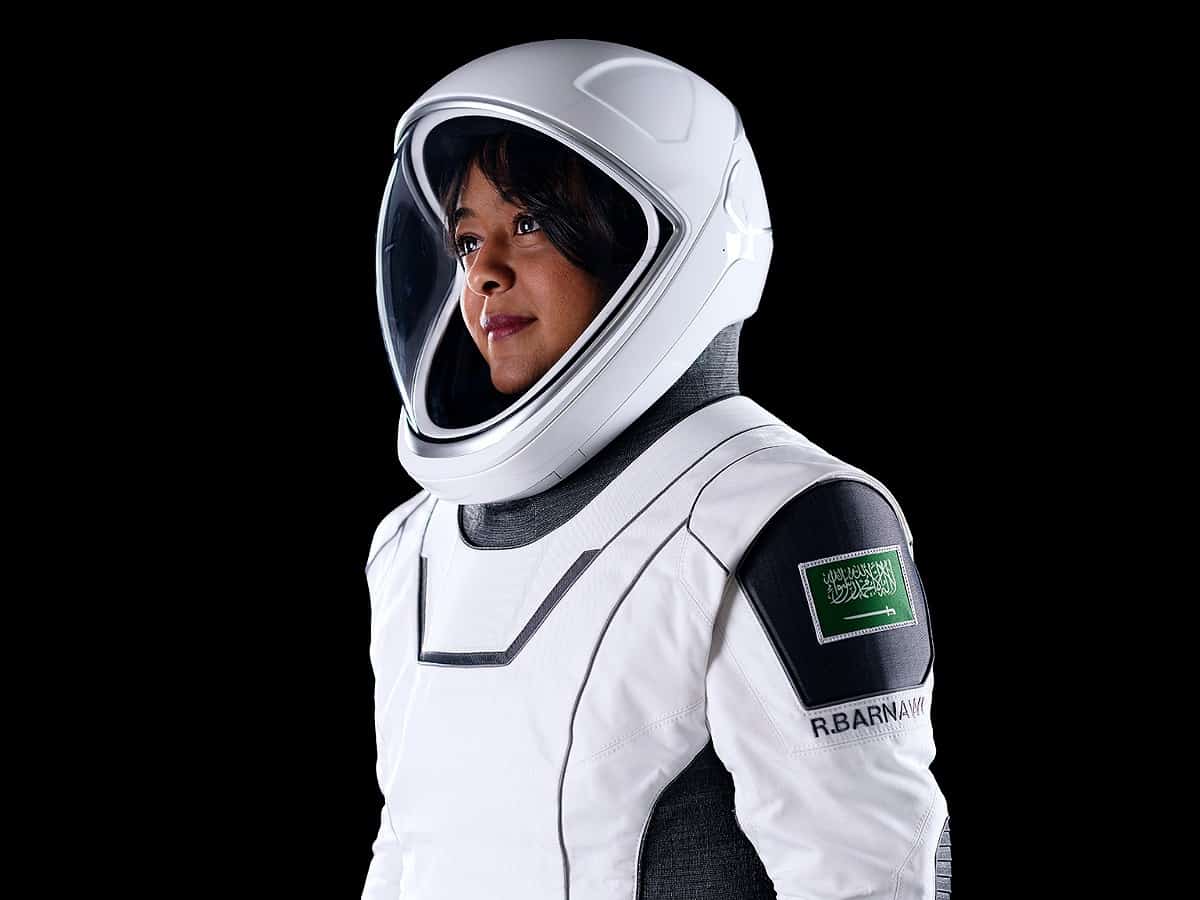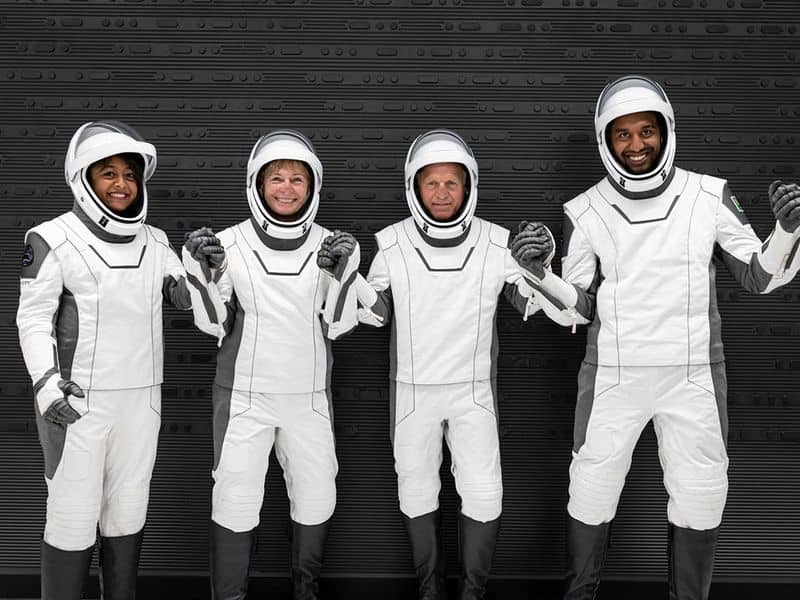
Riyadh: The Kingdom of Saudi Arabia (KSA) marked another milestone in the Kingdom’s history as first Arab woman lifted off to the International Space Station (ISS).
Axiom Mission 2 (AX-2) crew, which includes Saudi astronauts Rayyanah Barnawi, Ali al-Qarni lifted off in a SpaceX Falcon 9 rocket aboard a SpaceX Dragon spacecraft to the ISS from the Kennedy Space Center at Cape Canaveral in the US state of Florida on Monday.
Rayyanah Barnawi, a breast cancer researcher, became the first Arab woman to travel to space and was joined on the mission by fellow Saudi Ali Al-Qarni, a fighter pilot.
Their launch — as part of a special mission, called Axiom 2 — will see the Saudi astronauts join Americans Peggy Whitson, flight commander, and pilot John Shoffner.

“Being the first Saudi woman astronaut, representing the region, it’s a great pleasure and honour that I’m very happy to carry,” Barnawi told reporters at a recent news conference.
For al-Qarni, the mission is also a long-fulfilled passion.
They are scheduled to spend about 8 days aboard the ISS.
They will join fellow Arab astronaut Sultan Al Neyadi of the UAE who is currently on the ISS for a six-month mission – the first long-duration space mission in the Arab world.
According to the Saudi Press Agency (SPA), the team will conduct 14 experiments focusing on “human research, cell science, and cloud seeding experiments in a microgravity environment.”
Scientific experiments to be conducted are
- Change in telomere length
- Intracranial pressure measurement
- Measuring the optic nerve sheath diameter
- Cloud seeding in microgravity
- Cell science
- Measuring vital signs through blood tests
- Using the electroencephalogram to measure electrical activity
- Cerebral perfusion scanning and alterations of brain positioning in microgravity
Saudi Arabia’s participation in the mission is to expand space science education in the Kingdom. Saudi male and female students will participate in scientific experiments conducted on the International Space Station.
The mission is part of Saudi Arabia’s Vision 2030, a reform program that hopes to reduce the country’s dependence on oil and create jobs for Saudi youth.
In September 2022, the Saudi Space Commission launched the Kingdom’s program for astronauts, with goals including— qualifying Saudi cadres for long- and short-term space flights, participating in scientific experiments, international research, and future space-related missions.
It is worth noting that the mission is not Saudi Arabia’s first foray into space.
In 1985, Prince Sultan bin Salman bin Abdulaziz, a pilot in the Air Force, participated in a space flight organized by the United States.



